I have the following data in a Table.
And i need output in below format.
I tried pivoting but seems like not able to resolve it. Can someone please guide me here?
Thanks in advance.
Edit: Data in Text Format.
| EmployeeID | ShiftCode | AttendanceDate | inDateTime | outDateTime | OverTimeHours |
|---|---|---|---|---|---|
| 26 | ShiftCC1 | 01-03-2022 | 01-03-2022 09:10 | 01-03-2022 18:10 | 1 |
| 26 | ShiftCC1 | 02-03-2022 | 02-03-2022 09:15 | 02-03-2022 18:15 | 2 |
| 26 | ShiftCC1 | 03-03-2022 | 03-03-2022 09:05 | 03-03-2022 18:05 | 2 |
| 26 | ShiftCC1 | 04-03-2022 | 04-03-2022 09:10 | 04-03-2022 18:10 | 1 |
| 26 | ShiftCC1 | 05-03-2022 | 05-03-2022 09:13 | 05-03-2022 18:13 | 2 |
| 26 | ShiftCC1 | 06-03-2022 | 06-03-2022 09:14 | 06-03-2022 18:14 | 3 |
| 26 | ShiftCC1 | 07-03-2022 | 07-03-2022 09:16 | 07-03-2022 18:16 | 2 |
| 26 | ShiftCC1 | 08-03-2022 | 08-03-2022 09:30 | 08-03-2022 18:30 | 1 |
| 26 | ShiftCC1 | 09-03-2022 | 09-03-2022 09:20 | 09-03-2022 18:20 | 2 |
| 26 | ShiftCC1 | 10-03-2022 | 10-03-2022 09:25 | 10-03-2022 18:25 | 3 |
output in Text Format:
| EmployeeID | ShiftCode | DataType | 01-03-2022 | 02-03-2022 | 03-03-2022 | 04-03-2022 | 05-03-2022 | 06-03-2022 | 07-03-2022 | 08-03-2022 | 09-03-2022 | 10-03-2022 |
|---|---|---|---|---|---|---|---|---|---|---|---|---|
| 26 | ShiftCC1 | InDateTime | 01-03-2022 09:10 | 02-03-2022 09:15 | 03-03-2022 09:05 | 04-03-2022 09:10 | 05-03-2022 09:13 | 06-03-2022 09:14 | 07-03-2022 09:16 | 08-03-2022 09:30 | 09-03-2022 09:20 | 10-03-2022 09:25 |
| 26 | ShiftCC1 | OutDateTime | 01-03-2022 18:10 | 02-03-2022 18:15 | 03-03-2022 18:05 | 04-03-2022 18:10 | 05-03-2022 18:13 | 06-03-2022 18:14 | 07-03-2022 18:16 | 08-03-2022 18:30 | 09-03-2022 18:20 | 10-03-2022 18:25 |
| 26 | ShiftCC1 | OverTimeHours | 1 | 2 | 2 | 1 | 2 | 3 | 2 | 1 | 2 | 3 |




